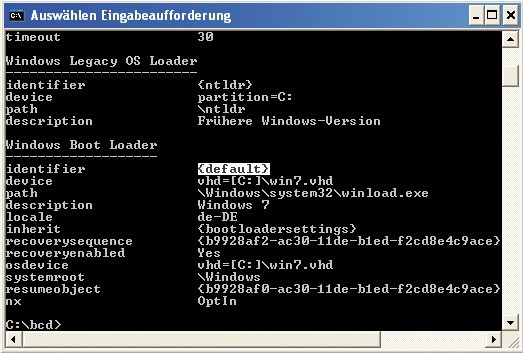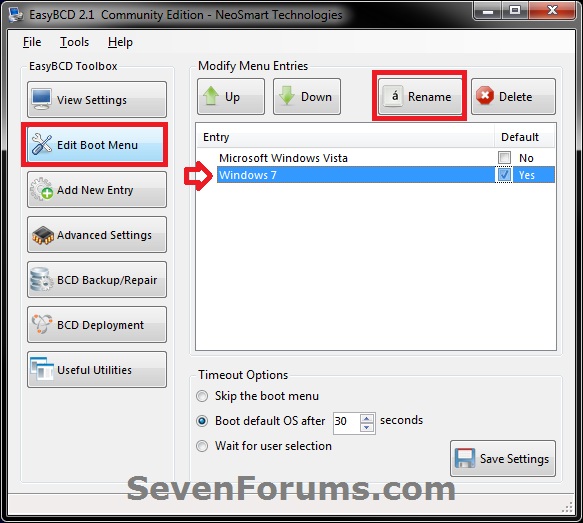

But if you need to do it, here's how.įirst check on which disk and partition is the Windows EFI boot: parted -list

This solution provides a proper entry in the grub2 menu to boot into Windows 10.Ī requisite word of caution, editing the GRUB menu is not recommended because it can break your system. If none of the above works you can manually add windows entry. Similarly if you instead are using BOOTMGR as the primary (using bcdedit), when you select the Linux distribution from the menu it will not boot directly into the system: it will just run GRUB (which should then reside at the beginning of the root partition instead of the boot sector of the HD) and allow you to select the desired system from there. Hence if you're using GRUB as your primary boot manager and you select a Windows environment at boot-up, it will load BOOTMGR as the boot loader for any Windows system you have installed and will be taken to a BOOTMGR screen which allows you to select either Windows 10 or Windows 7 from the list. However Windows Boot Manager cannot load a Linux environment and vice versa, GRUB can't actually load a Windows environment. For the most part both GRUB and the Windows Boot Manager (BOOTMGR) perform both duties. You should understand there's a difference between a boot manager and a boot loader. When that option is invoked it will run the Windows boot manager which will allow you to select your other Windows environments.

This is because that option is referring to the Windows boot loader which resides on the boot sector of the hard drive and/or at the beginning of each Windows partition. If you have multiple Windows systems installed on the same hard drive, you will likely only see one Windows system in the resulting GRUB menu when it boots up. If none of the above works, see Note² to manually add a Windows entry to the GRUB menu. The program should launch automatically or you can open it from the Apps list. Sudo apt-get install -y boot-repair & boot-repair Next download and run boot-repair sudo add-apt-repository ppa:yannubuntu/boot-repair This should scan your system for all existing OS's and add them to the Grub menu (See Note¹)


 0 kommentar(er)
0 kommentar(er)
